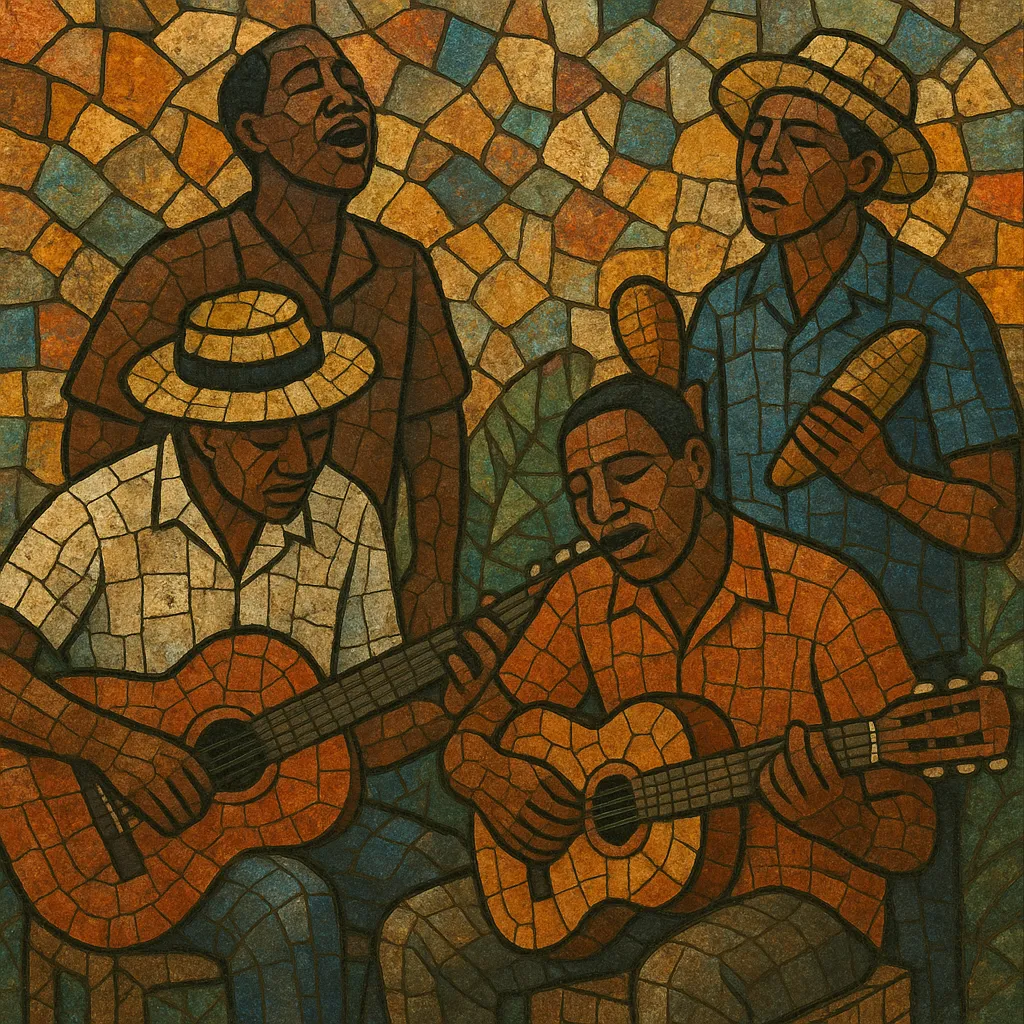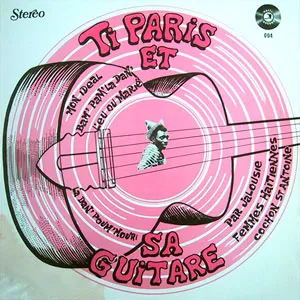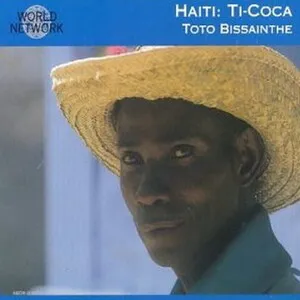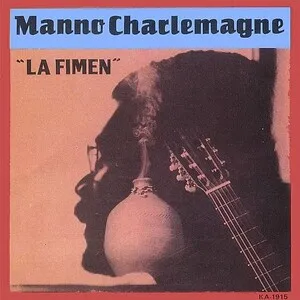Twoubadou is a Haitian acoustic song tradition rooted in small, portable ensembles that blend Cuban son/bolero phrasing with Haitian méringue and Dominican merengue dance feels. The music is intimate and lyrical, often performed by two or three guitars with hand percussion and rich, conversational vocals in Haitian Kreyòl.
Characterized by lilting guajeo-like guitar patterns, maracas and scraper (graj) textures, and call-and-response choruses, twoubadou songs revolve around love, flirtation, social wit, and double entendre. The style is equally at home in street serenades, backyard parties, and hotel patios, where its light swing and mid-tempo grooves invite gentle dancing and close listening.
Twoubadou emerged in Haiti in the early 20th century as waves of seasonal Haitian laborers traveled to Cuba and the Dominican Republic to work on sugar plantations. They encountered Cuban son and bolero, as well as Dominican merengue, and brought those idioms back home. Local musicians fused these with Haitian méringue’s rhythmic sensibility and French-Caribbean chanson-style storytelling, creating a portable, guitar-led tradition for serenades and small gatherings.
By mid-century, twoubadou became a recognized strand of Haitian popular music. Small combos—typically two guitars, maracas, graj (scraper), and a hand drum—performed in cafés, private parties, and on radio. The repertoire mixed romantic bolero-esque songs, satirical couplets, and crowd-pleasing dance numbers. Although large dance orchestras and later compas direct dominated big stages, twoubadou thrived as an intimate alternative with witty lyrics and earthy charm.
As amplified compas and international Caribbean pop boomed, twoubadou ensembles often adapted popular hits into acoustic formats. At the same time, singer-songwriters and folk revivalists embraced twoubadou’s storytelling and portability, helping the style persist in hotels, touristic venues, and diaspora communities. Field recordings and world-music releases introduced twoubadou to broader audiences.
Today, twoubadou remains a living practice in Haiti and the Haitian diaspora. Artists continue to craft new songs with classic double entendres, while others blend twoubadou timbres with jazz harmonies, chanson, or light compas grooves. Its acoustic intimacy, clear poetic diction, and gently swinging rhythms keep it central to Haiti’s social soundscape.








